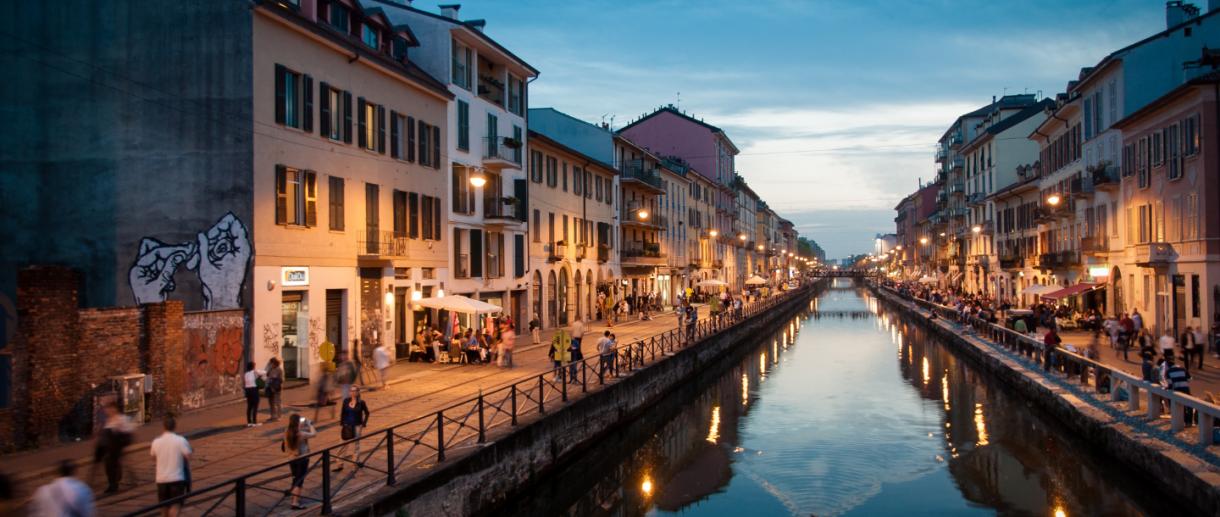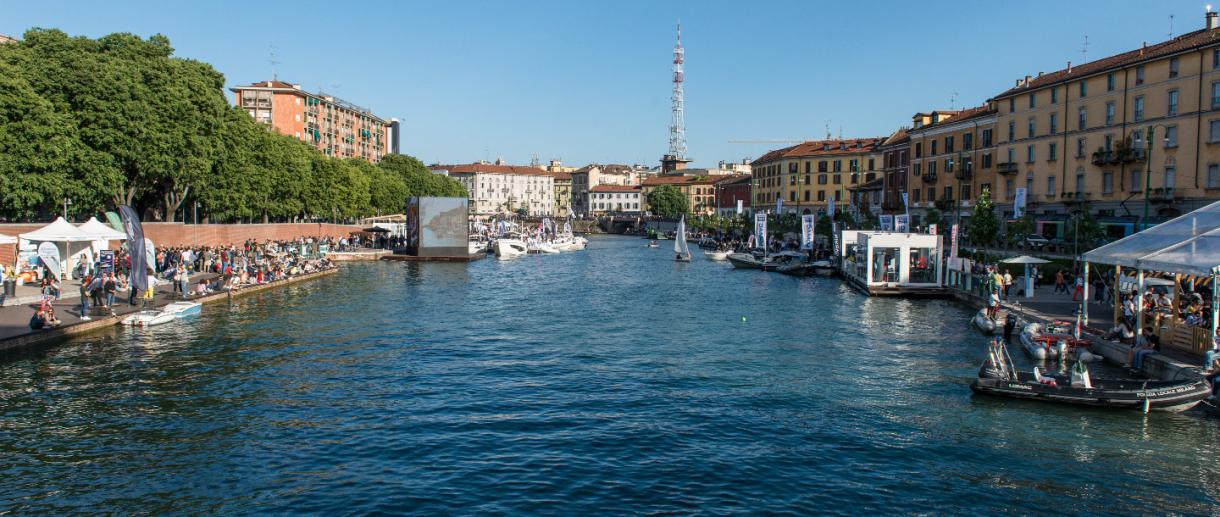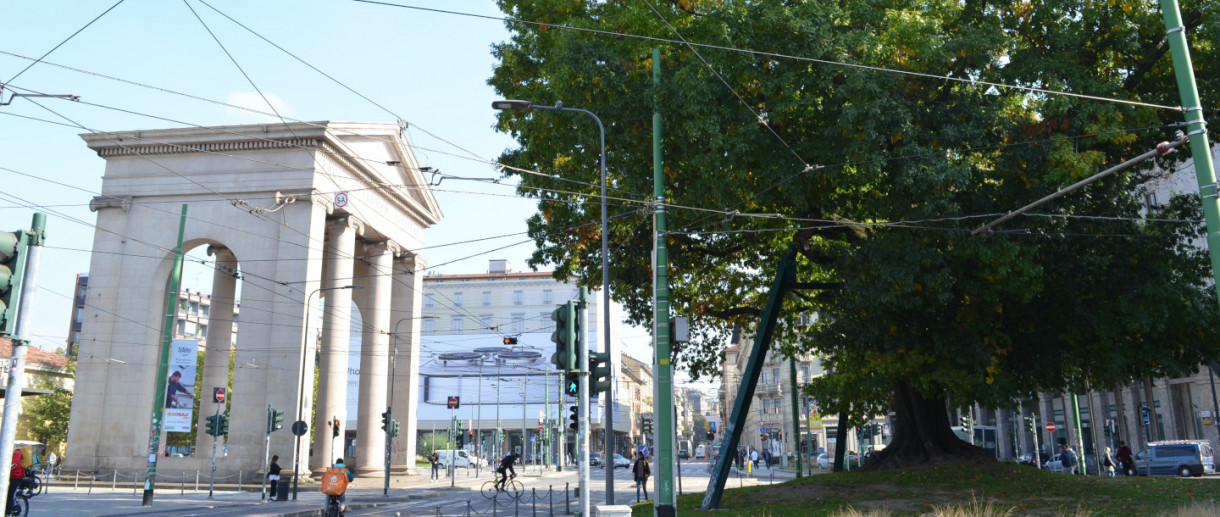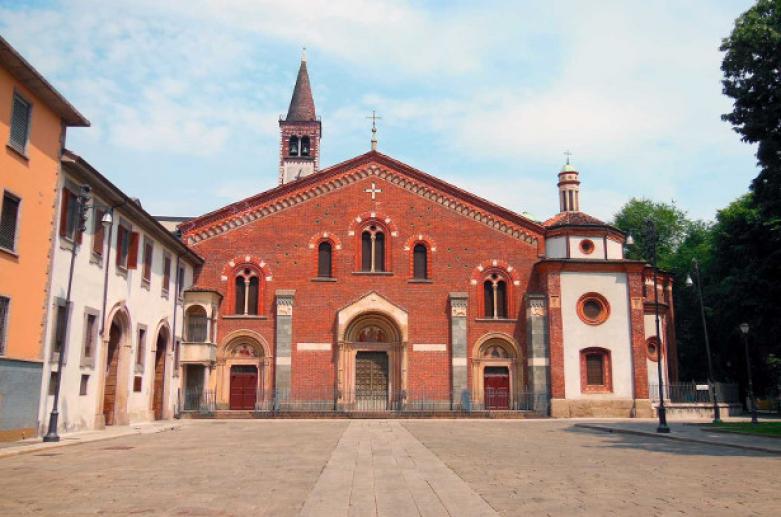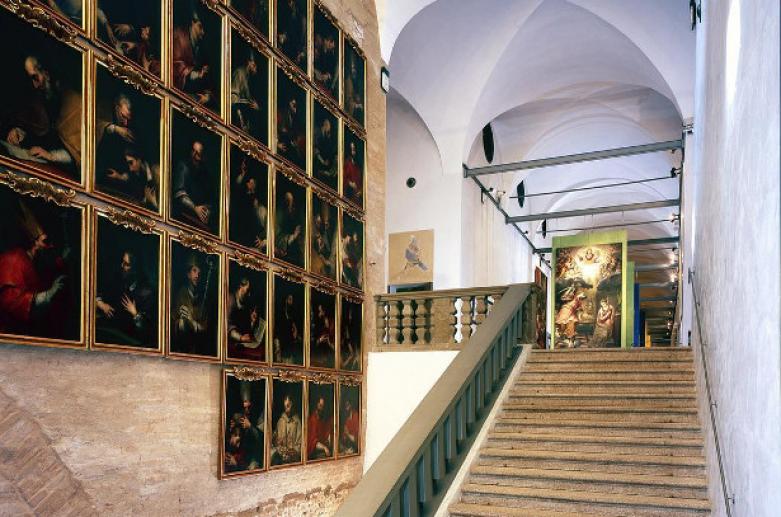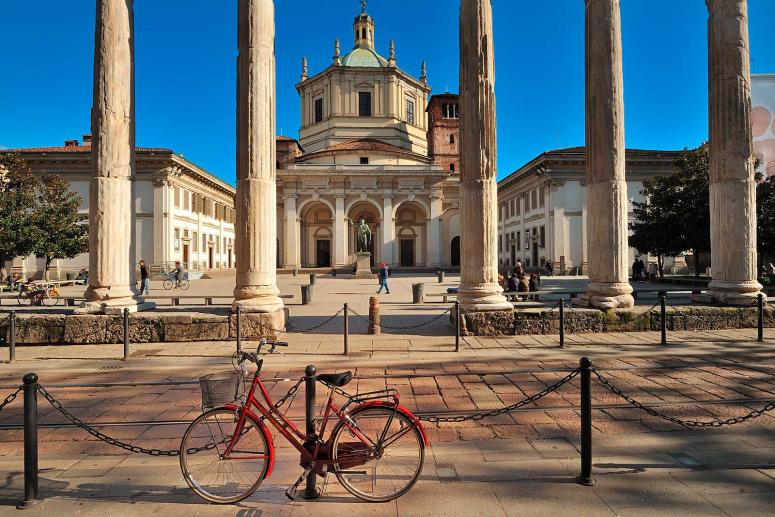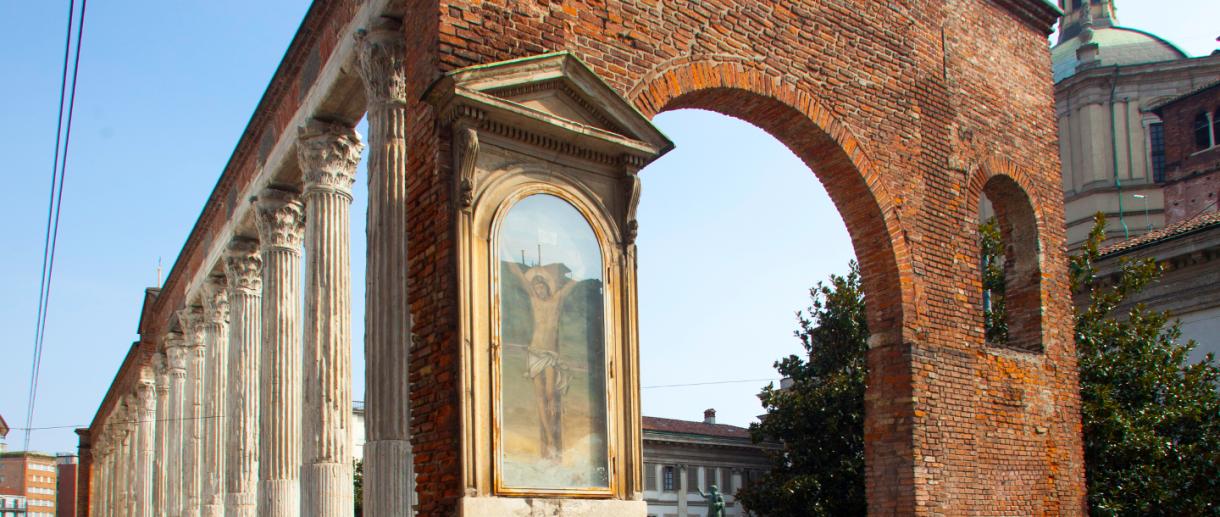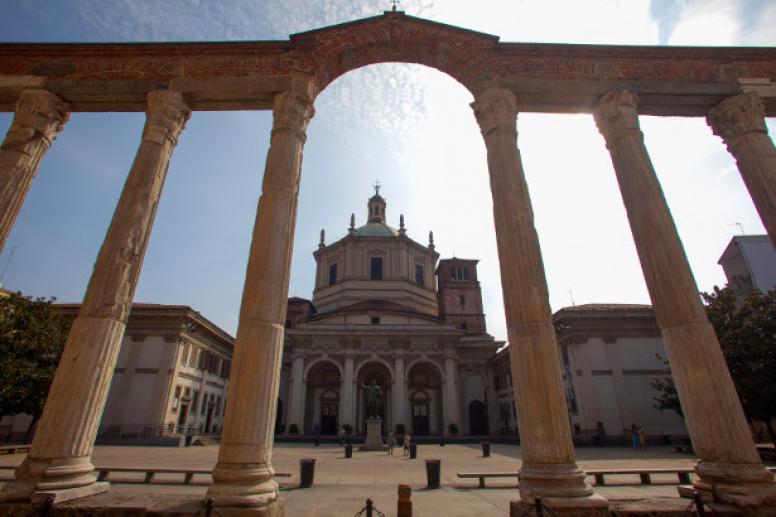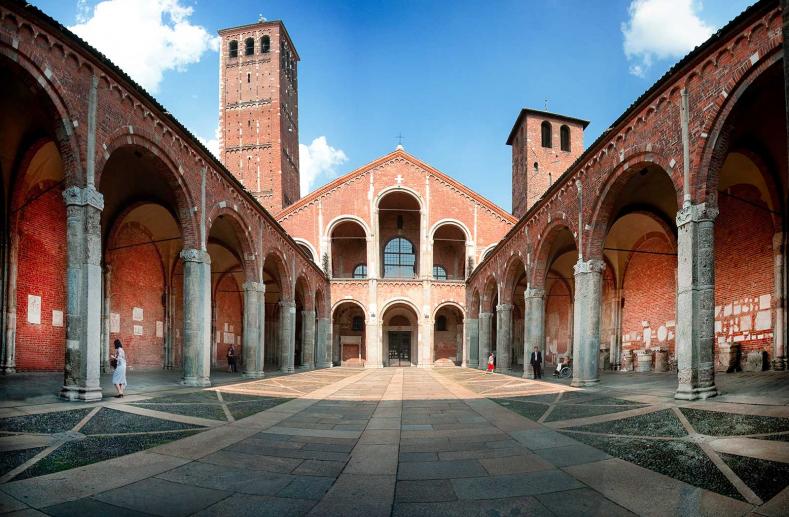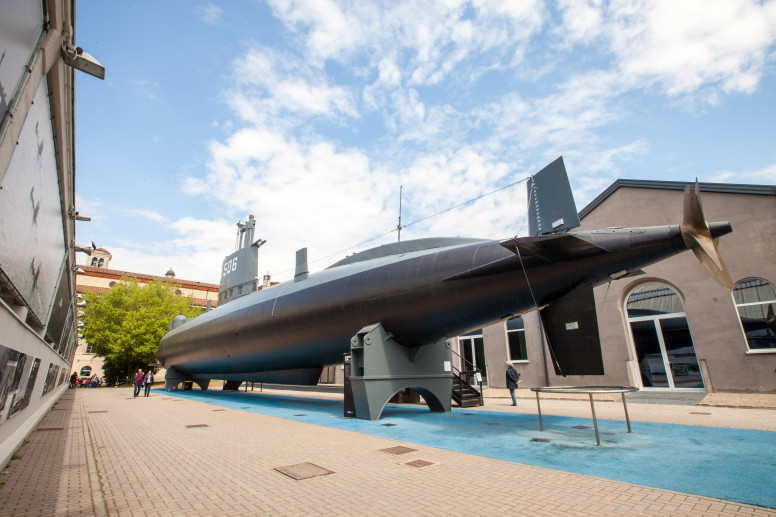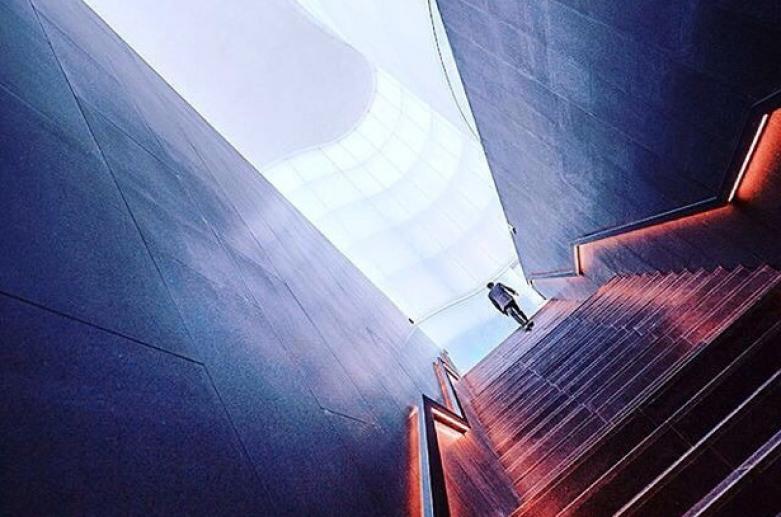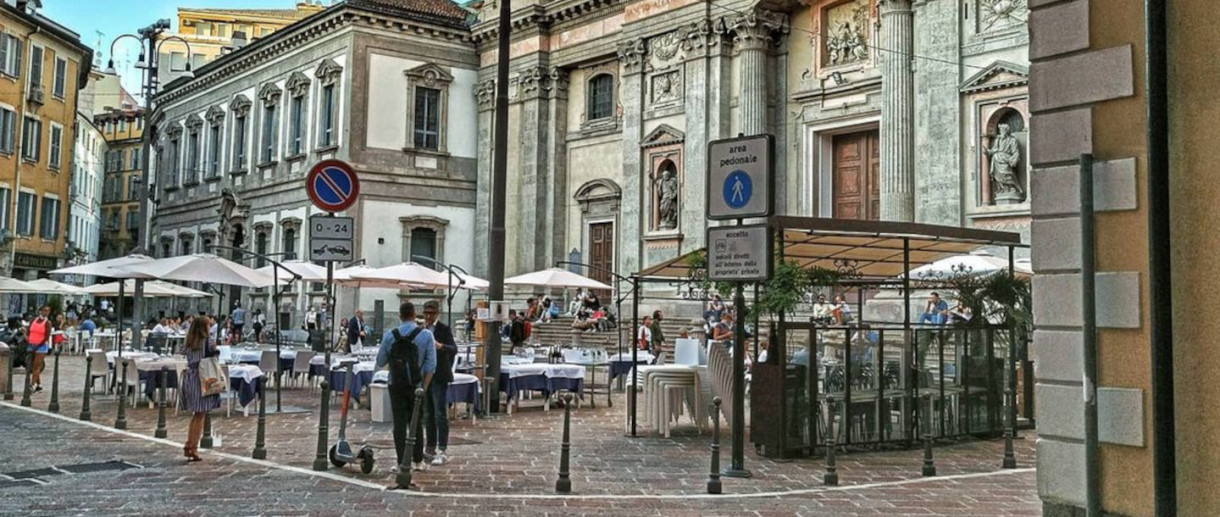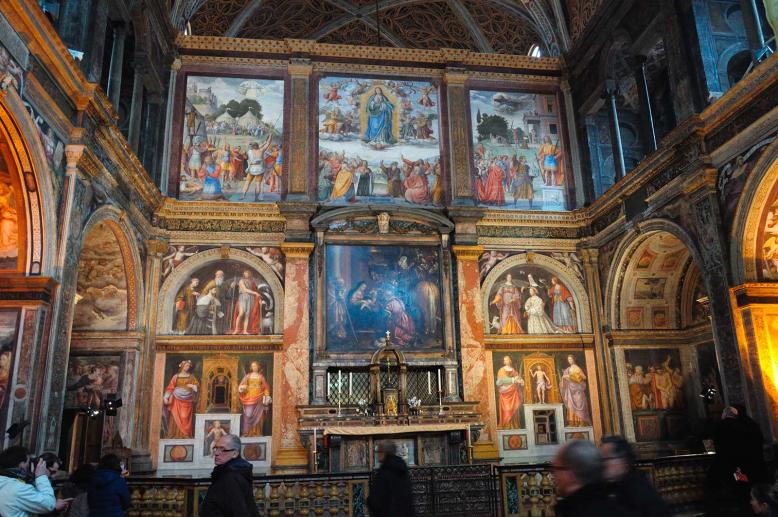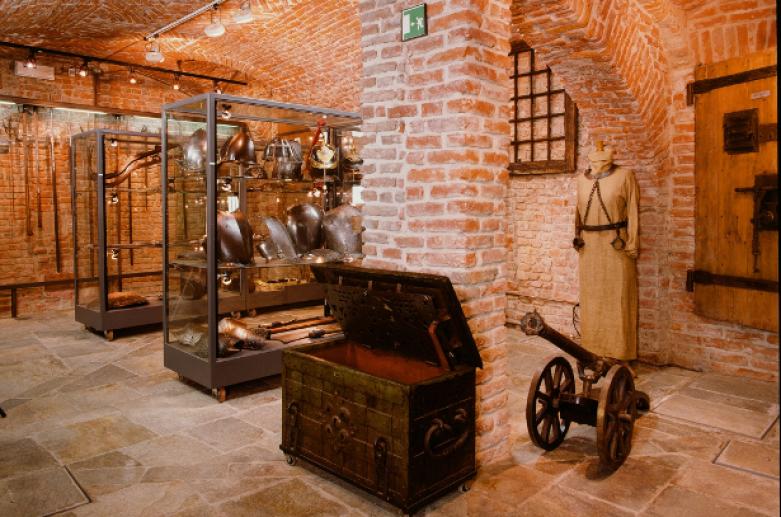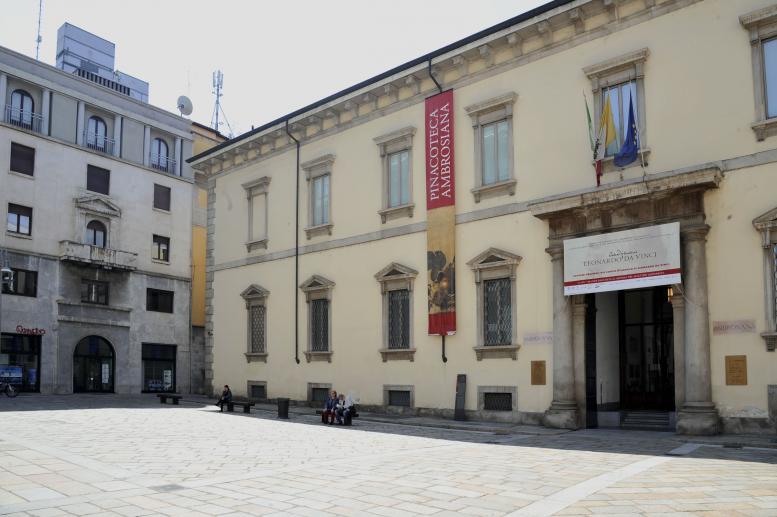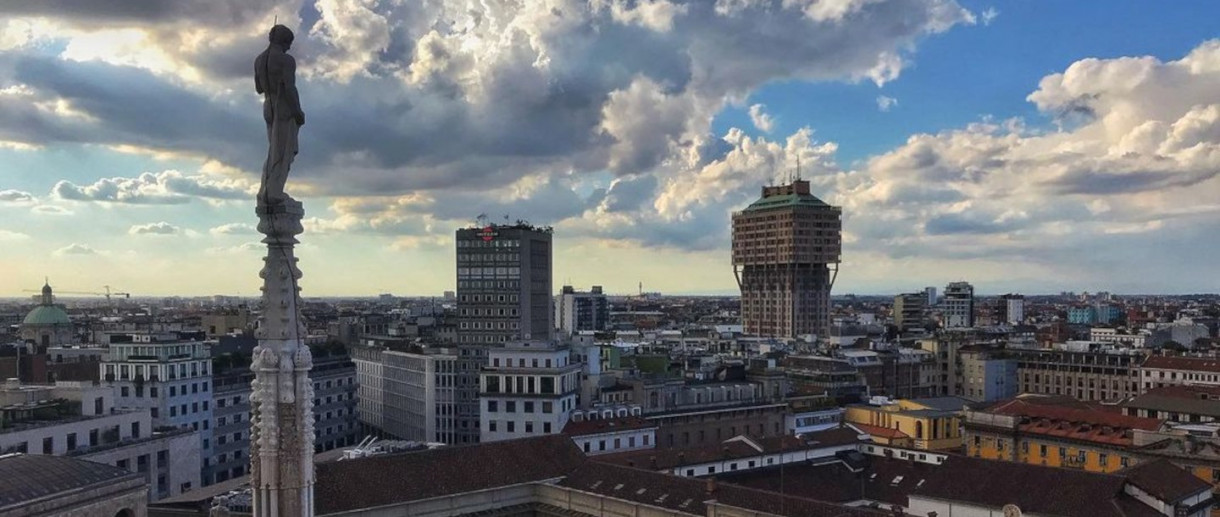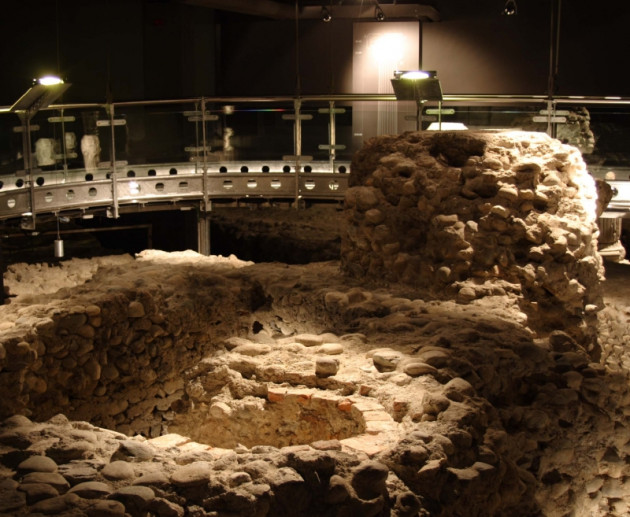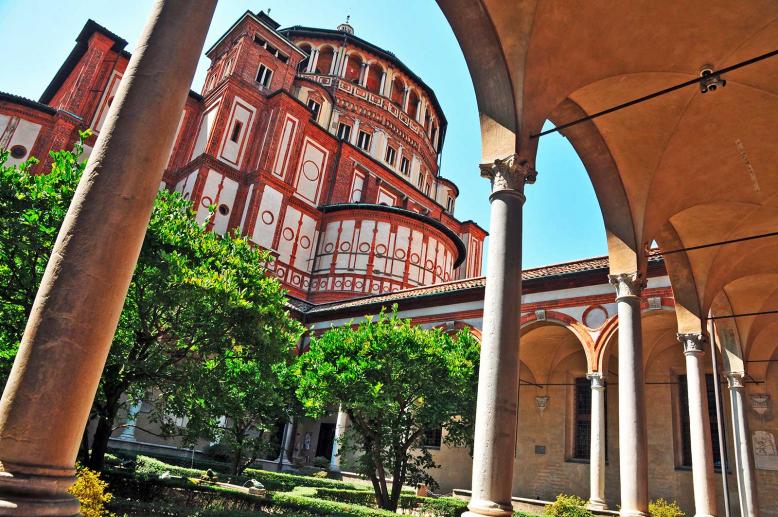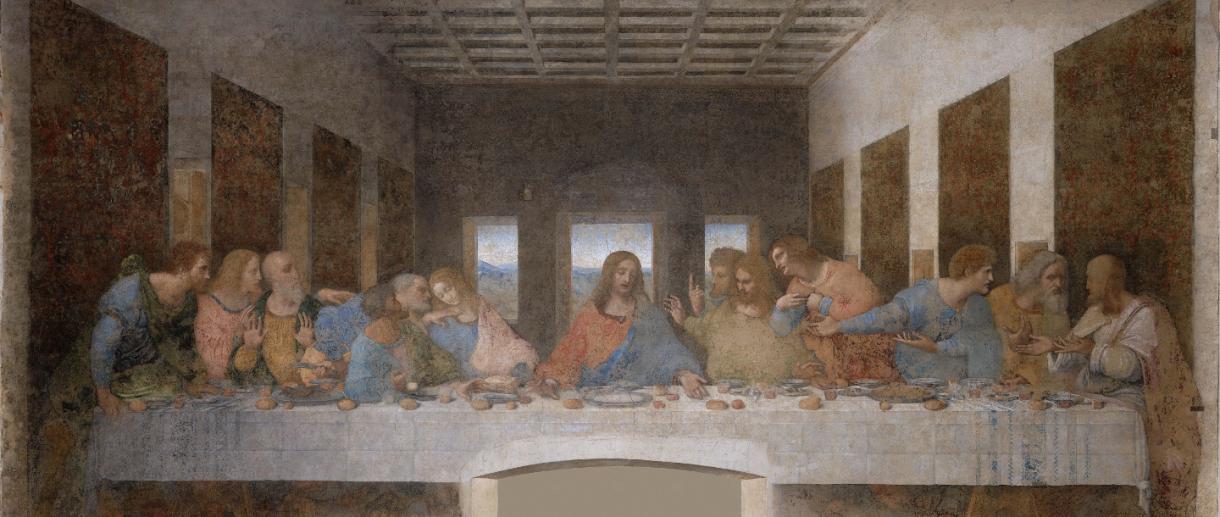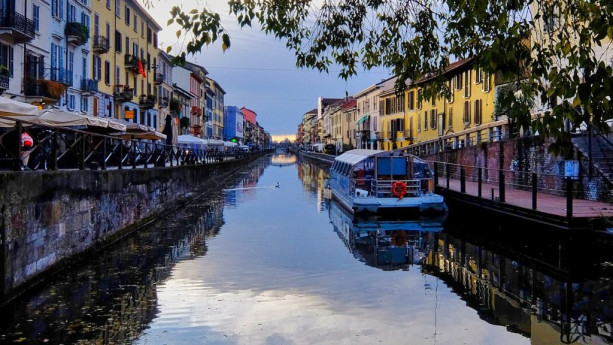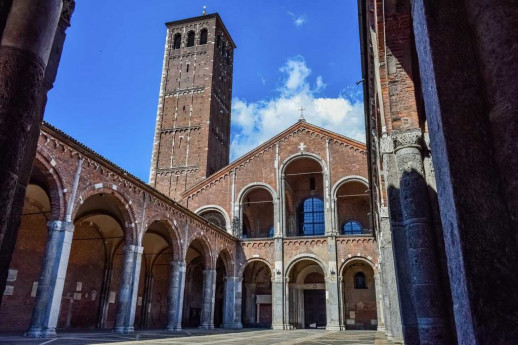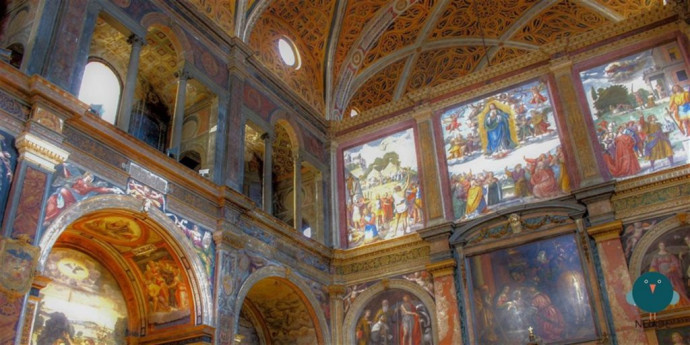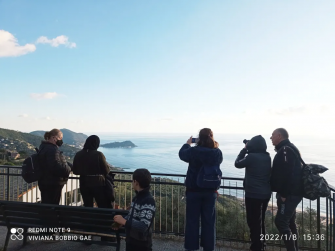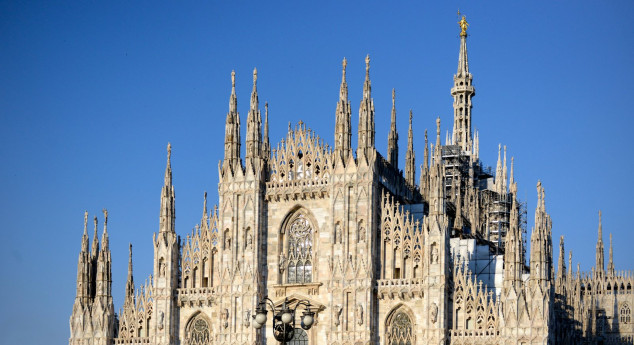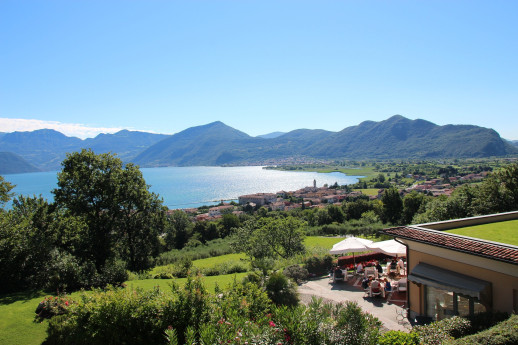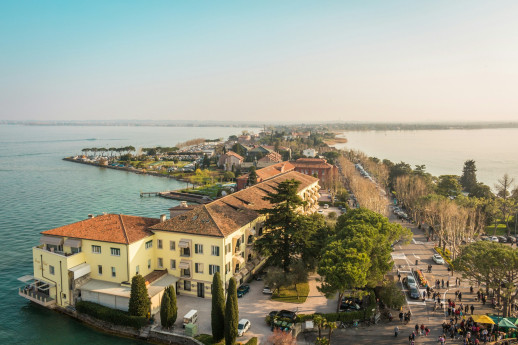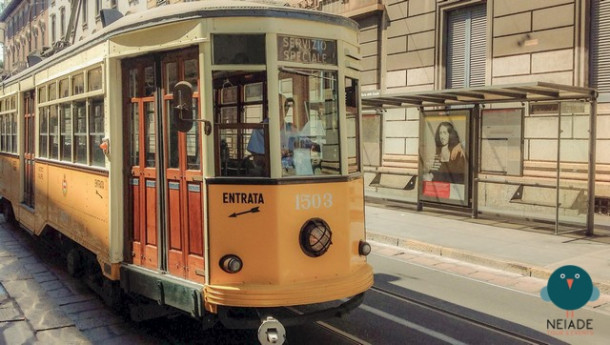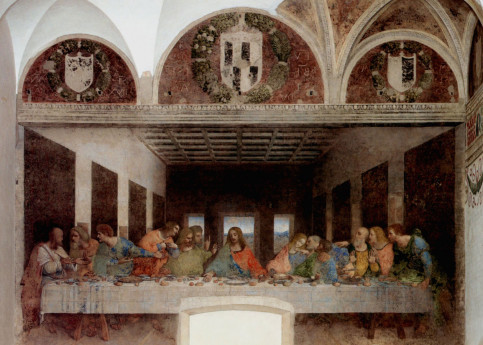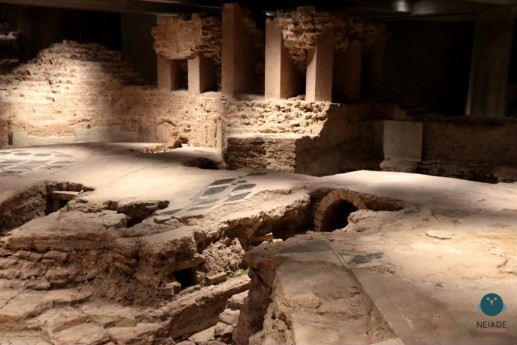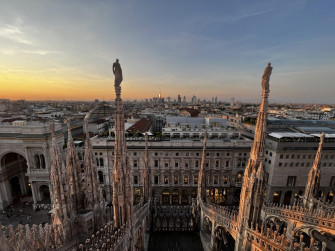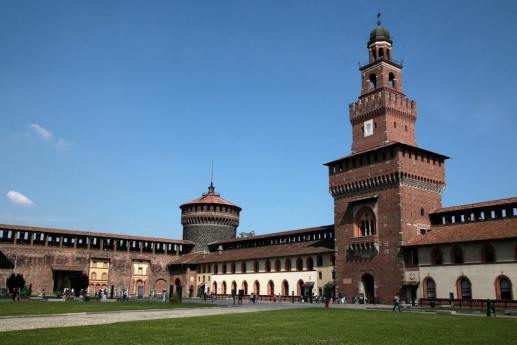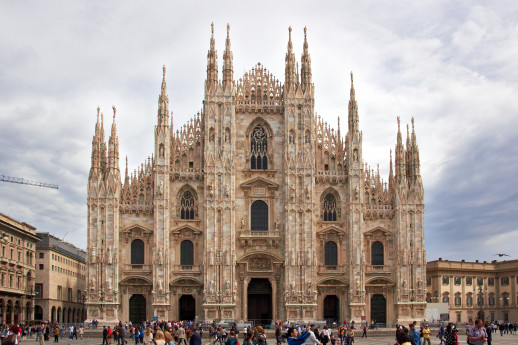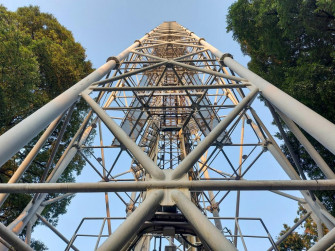- Navigli
Naviglio Pavese
The Naviglio Pavese was a dream come true, the dream that had lasted five centuries of a direct link between Pavia and Milan.
The Naviglio Pavese was designed as a navigable canal linking Milan with Pavia; it draws water from the Darsena di Porta Ticinese dock in Milan and flows into the River Ticino in Pavia (in what is known as the “Confluent area”) following the route of the old ‘postal road’.
It is 33.1 km long and approximately 10.8 m wide on the bottom and 11.8 m on the surface. Although it flows alongside the old ‘Navigliaccio’, it combined the functions of navigation with that of transport.
Identity Card:
Year of birth: 1359
Length: 33.1 km
Land irrigated: 8,000 ha
Start: Darsena dock in Milan
End: Pavia (Ticino)
History:
The Naviglio Pavese was a dream come true, the dream that had lasted five centuries of a direct link between Pavia and Milan.
It was the Viscontis who in 1359 commissioned work on a canal which initially was not navigable but extremely useful for the maintenance of the magnificent park around Pavia Castle where Gian Galeazzo loved to go horse-riding.
In the second half of the 16th century, under Spanish dominion, Giuseppe Meda's project was approved although work was soon suspended. Two hundred years later, work recommenced under Napoleon.
On 16th August 1819, Ranieri, Archduke of Austria and Vice-Regent of Lombardy-Veneto, finally inaugurated the Naviglio Pavese which flowed from the Darsena dock in Milan via Binasco and Pavia into the River Ticino.
